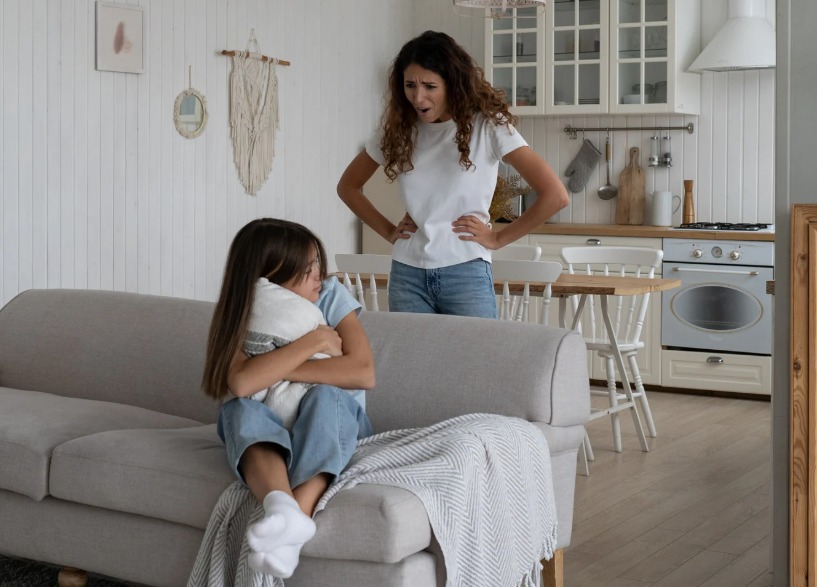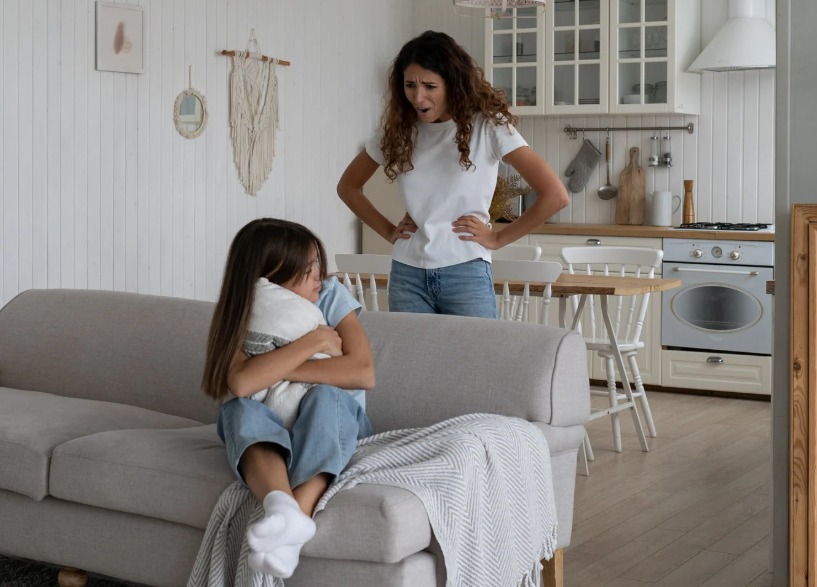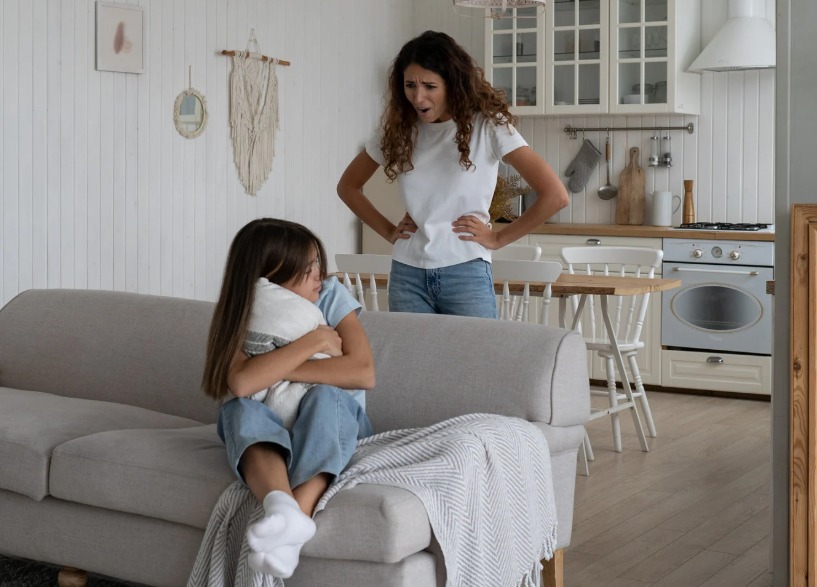
5 Mindfulness techniques you can use with your kids
What is mindfulness? If it’s something you have never tried before, it’s a way of focusing your awareness on the present moment. And at the same time, you calmly acknowledge and accept your feelings, thoughts, and bodily sensations. It’s used as a therapeutic technique. So right now, it’s something that can really help you stay calm as we deal with all the uncertainty around us.
Mindfulness has lots of amazing benefits. From decreasing your stress to improving your mood. It can also help with emotional regulation. And that’s not just for adults. Your child can experience these benefits, as well. However, you are no doubt thinking, ‘Get my kids to sit down and meditate? Are you crazy?’ Well, there are ways you can help your children be mindful. You just have to make it fun.
While your kids don’t have the same stresses as adults, they often don’t connect with their feelings. With all the activities they do and the time they spend on their phones and tablets, they are often mindlessly going through the day. This means the only time they are checking in with themselves is when they have a tantrum or meltdown. And that leads to you being even more stressed out than you were before.
Mindfulness can help your children check in with their emotions and recognize them. Research shows that practicing mindfulness with children helps them increase their focus, decrease stress and anxiety, and can enable positive prosocial behavior. It can also be a great way to connect with your child and find a moment of tranquility. And they can be few and far between right now.
Here are five great ways you can introduce mindfulness to your children. And you will both reap the rewards.

5 Easy Mindfulness Techniques For Your Kids
- Breathing exercise
Meditation is essentially about sitting down and focusing on your own breath. What does it feel and sound like? Now your child might struggle with sitting still for longer than a matter of seconds. How do you combat that? You can use colorful pillows and play some soft music to create an atmosphere of calm and love. This will also get them interested. You can ask them to pretend they can smell something really nice, like flowers or a cake. As they take a deep breath in, they can then pretend to blow out candles or a ‘dandelion clock’ as they breathe out. Ask your child to think about their tummy rising and falling. Start by keeping it short, aim for 10. Then you can increase the time.
- Notice 5 things around you
When you consciously notice the world around you, it can help bring you back to the present. This is very helpful when you are feeling overwhelmed by stress or emotion. Noticing five things you can see brings you back to the present.
You can turn this into a game for your kids. Sit down with your child wherever you are and explain you want to play the “notice five things” game. Then you call out five things you can see around you, and ask your child to try it too. Then you can explain this can help if they are ever feeling upset. You can also try saying, noticing five things you can hear.
This game brings your child back to the now. It works really effectively if your kids are already relaxed and ready to learn. With regular practice, your child will soon be calling on this tool to help with stress or losing control.
- Encourage your child to embrace all their feelings
No matter how hard you try to keep your children calm, they w
ill, at some point, throw a tantrum. Mindfulness can enable them to learn how to accept their feelings without judgement. As a parent, you need to set an example in this.
Of course, if your child is in the middle of the grocery store screaming blue murder, you are just as upset as they are. So easier said than done. But if you try and see past their behavior, acknowledge your reaction, take some deep breaths yourself, that is the first step to calming everything down.=
Don’t try and get them to do meditative breathing while they are throwing a hissy fit. This will not go down well! And it won’t work. Instead, wait until they have calmed down a little. Then talk to them about their feelings, and the unmet needs behind those feelings. You can then do some breathing and discuss how you can both look at solutions for dealing with it the next time. And there will be more than likely, next time!

- Drop anchor
In this exercise, you stand across from your child. Stand with your feet firmly on the floor around shoulder-width apart, and show them how to do it. Then demonstrate how to push down through your feet so you can feel the ground steady beneath you. Ask, ‘How do your leg muscles feel when you push down?’
Then ask your child to tune in to different parts of their body
, starting with the head. Ask, “How does it feel?’ You work down through the whole body so your child can feel the weight of gravity connecting them to the earth.
Once you have done that together, ask what they can notice around them. This is essentially a way of linking back to the earth around you and feeling more grounded in the present.
- Silence game
The silence game has been practiced in Montessori classrooms around the world for many years. This mindfulness practice asks children to be as quiet as they can. And it’s not just with their voices, it’s with their bodies as well. It’s good to aim for a minute, to begin with, asking kids to be as quiet and still as they can.
When the game ends, speak in a soft voice and ask your kids what they heard or saw while they experienced the quiet. Then ask them to keep that calm, peaceful feeling during their next activity, and if they can for the rest of the day.
In conclusion, these simple games and activities are an excellent way for you and your child to connect differently. They will help them build tools to center themselves when they feel stressed or out of sorts.
Mindfulness is a way you and your child can experience calm to
gether. It will also alleviate those feelings of nervousness and anxiety, which we are all dealing with during the coronavirus.
Don’t approach mindfulness with too many expectations. This means you’re living in the future, and mindfulness is about the present.
But if you encourage your child to embrace these methods, they will also start learning the necessary tools to self-regulate. If you practice regularly, your kids will feel happier and more peaceful. And so will you.
Love and Blessings,
Katherine Sellery
PS: It’s a crazy time of year – the overstimulation, the weather changes, the time off from school. Read my entry on how to introduce structure to your children’s life if you are dealing with chaos. Click on the link here now.
- Dr. King’s Vision and the Conscious Parenting Revolution: Lessons for a Kinder Tomorrow - January 20, 2025
- Breaking Down Rebellion: How to Manage the Three R’s with the Conscious Parenting Revolution - January 14, 2025
- Breaking Down Rebellion: How to Manage the Three R’s with the Conscious Parenting Revolution - January 14, 2025






